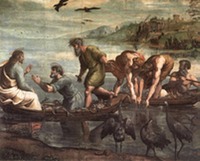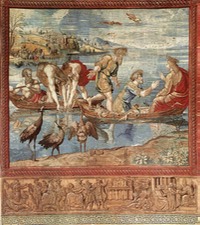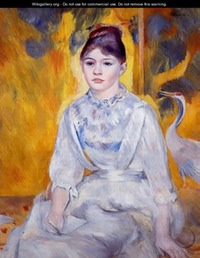European cranes (Grus grus)

Some days ago I saw a large group of cranes flying by. Long before you see them they announce their arrival by calling their latin bird name (Grus grus). The well organized group looked like a large formation of World War II bombers because of their great wingspan, the slow pace of their wingbeat and their somewhat rolling flight. In the area where I live cranes are birds of passage. The cranes were loudly communicating with each other in ever changing formations and heading North-East. That means that Spring is coming. In ancient times the Greek and Romans dedicated the crane to Apollo, as the annunciator of Spring and light. The crane is a tall and gracious bird. It is one of the greatest flying birds on earth. In medieval Christianity the crane was a symbol for vigilance, loyalty and goodness and also a symbol for the good order of monastic life. Medieval literature often refers to the military like organization of a group of cranes. In the European art of painting the crane is a rather rare subject. In the Vatican you can see a tapestry depicting the biblical story of the miraculous draught of fishes with some cranes prominent on the foreground. It was designed by Raphael for the Sixtine chapel. Raphael painted the design in real size in tempera and did his utmost best on it. He was well aware of the fact that he had to compete with the magnificent frescoes in the Sixtine Chapel made by Michelangelo. Although the tapestry was woven by the best tapestry workshop of that time, it does not by far match the quality of Raphael's subtle painted design. The design now belongs to the collection of the Victoria and Albert Museum in London. Centuries later Renoir painted a young woman with a crane in the background. The crane reinforces the elegance of the women and the religious connotation of the crane is gone by now. The 19th century crane of Renoir is not of the domestic European kind, but of the Far Eastern kind: the Red-crowned Crane (Grus japonensis) living in China and japan. At that time Japonism was popular among modern painters in Europe. But I wonder wether Renoir was aware of the symbolic meaning of the crane in Japan.



